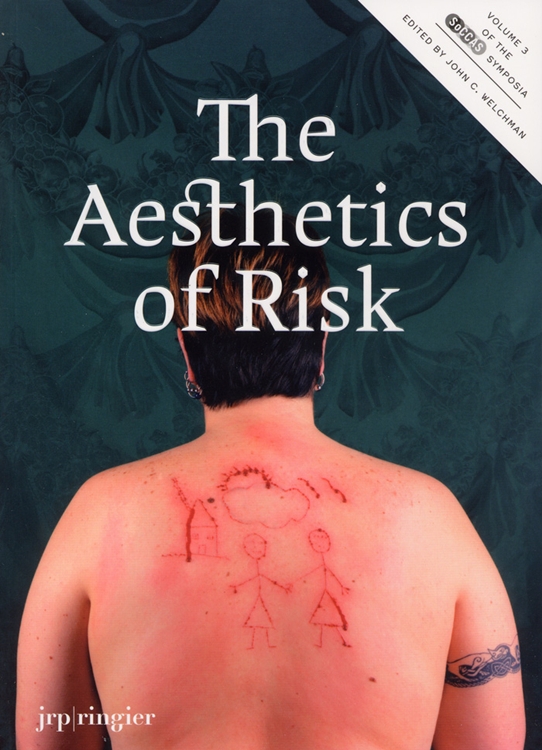It seems a lifetime ago that a whistleblower complaint led to Trump’s impeachment. That stain on the office of his presidency will never wash off the fabric of history, but the vindictive nature of his administration rages on in retaliation. The party purges non-believers with Twitter fusillades, firings and forced resignations while going to great lengths to discredit a free press, minimize career experts, politicize the judiciary, suppress the vote and militarize the police. Our democracy is in danger.
How appropriate that Friday, July 30 is National Whistleblower Day. It commemorates July 30, 1778, the day the Continental Congress unanimously passed an historic resolution to recognize several marines who spoke against their commander’s abuses of his office. The fledgling Congress was opposed to any kind of tyranny and thought it was the duty of all Americans, “to give the earliest information to Congress or other proper authority of any misconduct, frauds, or misdemeanors.” Here, here! A short 235 years later a more contemporary version of that same Congress recognized National Whistleblower Day in 2013.
The perfect art book for these times is The Aesthetics of Risk. In an anthology of essays, images and dialogues the document explores contemporary art’s engagement with physical, social, political and aesthetic chance-taking. Compiled from the outpourings of the third annual symposium at the Getty Research Institute with the Southern California Consortium of Art Schools (SoCCAS) in 2008, the book was published with a warning label about graphic depictions of violence, nudity and bodily functions.

Courtesy of Cornerhouse Publications
While such a warning seems quaint in an era when people are dying in the streets right before our eyes in omnimedia, the artists involved in this conference / book were prescient in their vision of our current society and its fringe cum mainstream excesses.
The Aesthetics of Risk (Cornerhouse Publications) showcases conversations between Catherine Opie, Douglas Crimp, and Paul McCarthy. Presentations include “Aestheticizing Risk in Wartime: The SLA to Iraq.” Featured artists include Brock Enright and Steve Kurtz.
Opie, McCarthy, Crimp, Enright and Kurtz? Need I say more? You probably are familiar with Opie’s hypnotic photography of marginalized social groups and McCarthy’s Grand Guignol, Disney dystopias. Douglas Crimp, who passed in 2017, was not only an influential critic and art historian he was an AIDS activist and known for his postmodern theories of art, dance, and film, as well as queer theory and feminist theory. But maybe you are unfamiliar with Enright and Kurtz whose work and its resulting interaction with the law may be most applicable to today.
Enright is best known as the artist/ proprietor of Video and Adventure Services in which he provided, “bespoke executive kidnappings.” For prices starting at $1,500 he became a fantasy salesman to the stars, peddling real life abductions. Videos and the detritus from the service / performance would be displayed in galleries. Just think! You can now protest in Portland and get the same treatment for free!
In a similar government overreach, artist Steve Kurtz, whose work examines issues surrounding information, communications and bio-technologies, was arrested on suspicion of bio-terrorism. Responding to Kurtz’s 911 call about his wife, Hope Kurtz who died of a heart attack, police suspected the bacteria he was growing in petri dishes as part of an upcoming art exhibition were potentially related to some nefarious plot. Armed with the newly passed Patriot Act, the FBI detained Kurtz for 22 hours without charge. Dozens of federal agents in hazmat suits raided the Kurtz home, seizing books, computers, manuscripts, and art materials, and removing Hope Kurtz’s body from the county coroner for further analysis. The story of his arrest and subsequent trial are the subject of the film Strange Culture, 2007, by filmmaker Lynn Hershman Leeson.
The Aesthetics of Risk is a fascinating read and as mentioned, includes visceral and (possibly offensive) photography. Artists who explore the intersection of politics and art can often become reminders of the price of freedom and their work unfortunately resonates powerfully in this moment.
Please shop locally!
Advertising disclosure: We may receive compensation for some of the links in our stories. Thank you for supporting LA Weekly and our advertisers.

